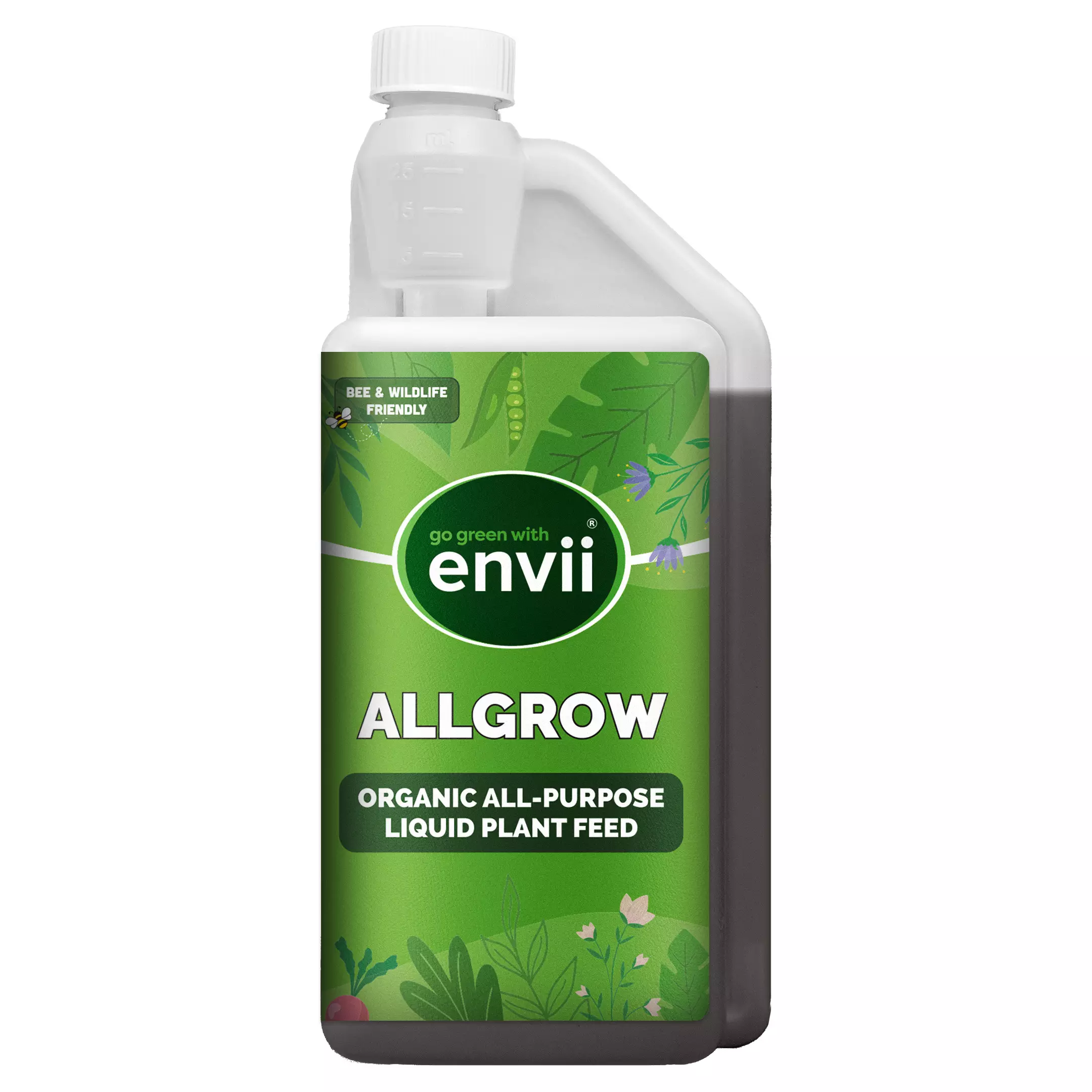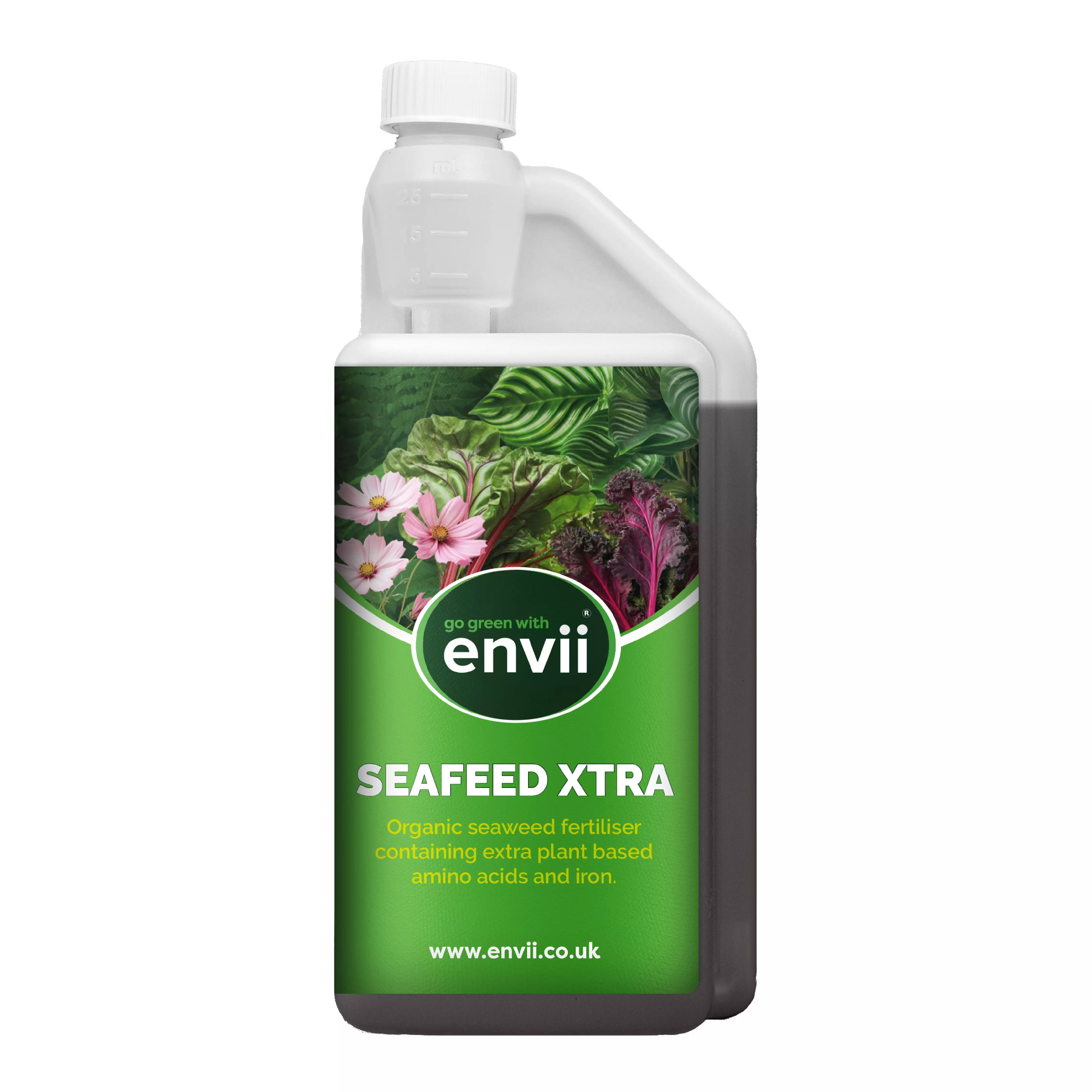1. Water, Soil and Light
Different soil types retain varying levels of nutrients and moisture. For instance, clay soil, one of the most prevalent types, poses challenges due to its tendency to compact, yet it holds more nutrients compared to sandy or chalky soil.
Amending clay soil by incorporating organic matter like manure or compost can effectively improve its texture, making it more manageable and conducive to plant growth. See our blog for more tips on improving clay soil.
Light plays a crucial role in plant growth, influencing the types of plants you can cultivate and the positioning of structures you may want, such as greenhouses or seating areas in your garden.
For most garden plants, 8-16 hours of light is recommended for optimal growth, usually a mix of direct sunlight and light shade. Check out our blog post for tips on gardening in shaded environments.
Don’t forget about access to water! Consider the availability of water sources and irrigation methods you may want, if low maintenance gardening is your goal.
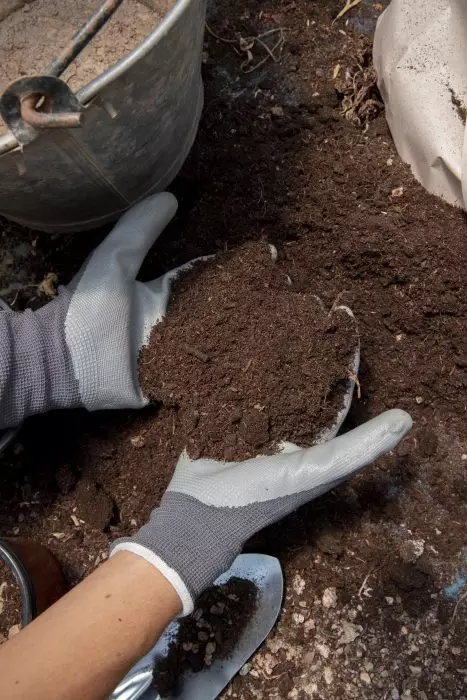
2. Structures and hard landscaping
Gardens work best with structure and focal points, tailored to suit your needs.
Dividing your garden into zones—such as entertaining patios with pergolas for shade, ponds strategically placed to allow easy movement around the garden, and secluded areas for storage sheds or full sun for greenhouses—can enhance functionality.
Consider natural access routes for deciding on path placement and consider how shadows cast by structures will influence planting. Decide on boundary features such as fences, stone walls, or vegetation based on budget and aesthetic preferences.
Raised beds offer accessibility, especially for those with mobility challenges; however, select durable materials like treated wood or metal for longevity.
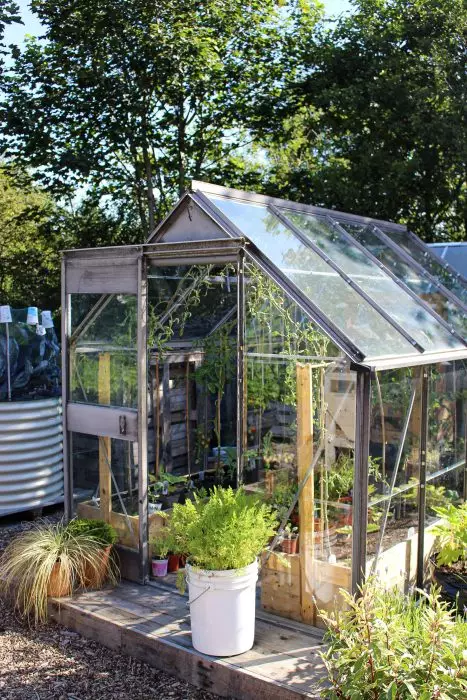
3. What to plant
When planning your garden’s plant selection, it’s important to prioritise varieties that offer interest throughout the year, not solely during the summer peak.
For instance, dogwoods boast striking red branches in winter, daffodils herald early spring, and dahlias grace autumn months – you may also want to consider a vegetable garden!
Whether aiming for a specific colour palette or embracing a rustic vibe, ensure plants have ample space to thrive. Avoid planting trees too close to structures, maintaining a recommended distance of 5 meters to safeguard foundations.
Consider maintenance needs, mulching borders for moisture retention and weed suppression. Enhance plant nutrition with a quality all-purpose liquid feed, such as Envii Allgrow for optimal growth, so you can make the absolute best of your garden.

Related Products
-
 Sale
New in
Sale
New in
Envii Allgrow
£7.49Organic multi purpose plant feed for use on all plantsAdd to Basket -
 Sale
Sale
Envii SeaFeed Xtra
£11.99£9.99Organic seaweed fertiliser improves plant growth and health.Add to Basket
4. Composting
Compost is one of the most valuable resources to gardeners and something key to consider when you plan a garden.
Composting is a simple practice that not only reduces the amount of waste sent to landfill but also enriches your garden’s soil. By recycling these waste materials, you can create nutrient-rich compost to nourish your plants naturally.
To start composting, place a bin or make a pile in a sheltered area of your garden. Layer green materials (such as fruit and vegetable scraps) with brown materials (like dried leaves or newspaper) and keep the pile moist but not soggy.
Turn the compost regularly to ensure proper aeration and you will have your own homemade growing media in no time. For even faster decomposition, try adding Envii compost accelerator.
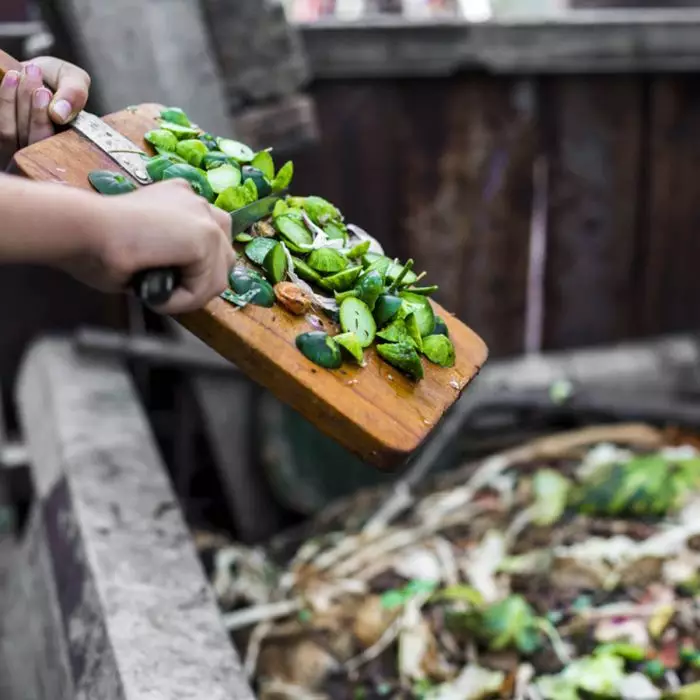
Watch our ultimate guide to composting:
5. Wildlife
When gardening, it’s crucial to consider wildlife. While you might encounter some competition from creatures nibbling at your leaves, fostering a balanced ecosystem can also greatly benefit your garden.
Ditch the pesticides and consider incorporating bug hotels, wildlife ponds, bird feeders, wildflowers, and nesting boxes to attract and support wildlife. Not only will this enhance plant pollination and enrich your soil microbiome, but it will also attract predators to help control slug numbers.
And there’s nothing quite like the thrill of spotting an elusive hedgehog!
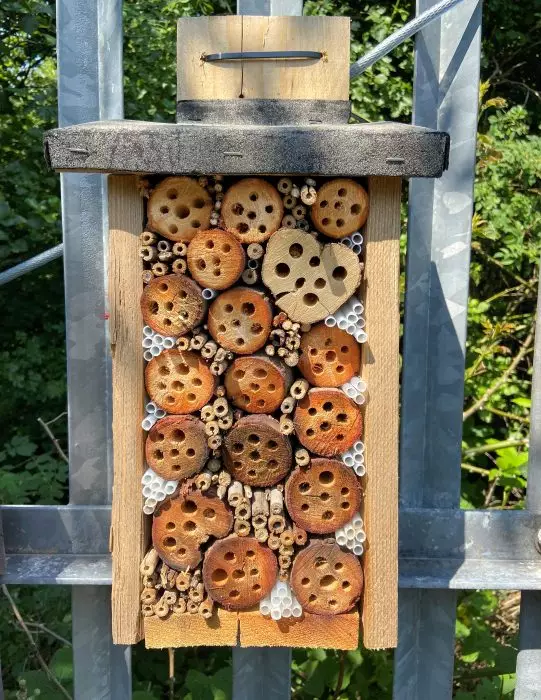

 Call us on 01246 240880
Call us on 01246 240880 Sign-up and receive 10% off
Sign-up and receive 10% off
